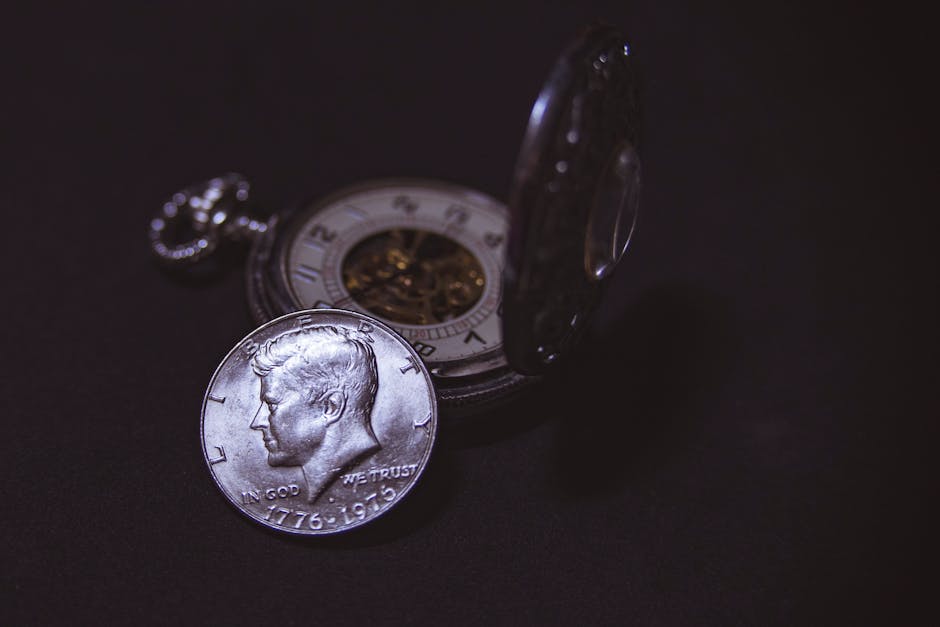Exploring Wyoming’s Rich Native American Heritage and Its Influence
Wyoming, known for its breathtaking landscapes and vast wilderness, is also a region steeped in rich Native American heritage. This cultural tapestry, woven through centuries, continues to influence the state in profound ways. From ancient traditions to contemporary contributions, understanding this heritage not only enriches our appreciation of Wyoming but also highlights the enduring legacy of its first peoples.
The Historical Context of Native American Tribes in Wyoming
Before the westward expansion and the arrival of European settlers, Wyoming was home to various Native American tribes, each with unique cultures and traditions. Notable among these were the Arapaho, Shoshone, and Crow tribes. Archaeological findings suggest that indigenous peoples inhabited Wyoming as far back as 12,000 years ago, adapting to the challenging environment and thriving through their ingenuity and resilience.
The Arapaho Tribe
The Arapaho people, originally from the Great Plains, migrated to Wyoming in the 18th century. Known for their nomadic lifestyle, they followed the bison herds, which were central to their economy and culture. Today, the Northern Arapaho Tribe resides on the Wind River Reservation in central Wyoming, maintaining their cultural identity through language preservation programs and traditional ceremonies.
The Shoshone Tribe
Occupying the western part of Wyoming, the Shoshone tribe, also known as the Eastern Shoshone, have a history deeply interwoven with the land. Their expertise in hunting and gathering, along with their intimate knowledge of the region, allowed them to thrive in Wyoming’s diverse ecosystems. The Eastern Shoshone also reside on the Wind River Reservation, sharing the land with the Northern Arapaho.
The Crow Tribe
The Crow tribe, although primarily based in Montana, have historical ties to the northern areas of Wyoming. Known for their prowess as warriors and horsemen, the Crow played a significant role in the region’s history. Their influence is still felt in Wyoming’s cultural and historical narratives.
The Influence of Native American Culture in Wyoming Today
Despite the challenges faced during colonization and the Indian Wars, Native American culture remains vibrant and influential in Wyoming. This influence is evident in various aspects of life, from geography and place names to art and community practices.
Geographical Influence
Many of Wyoming’s geographical features bear names derived from Native American languages. For instance, the name “Wyoming” itself is believed to originate from a Lenape word meaning “at the big flats” or “large plains.” Additionally, landmarks such as Devils Tower, known as “Bear Lodge” in several Native languages, hold sacred significance for multiple tribes.
Art and Craftsmanship
Native American artistry is celebrated throughout Wyoming, with traditional crafts like beadwork, pottery, and weaving being passed down through generations. These art forms not only serve as a cultural expression but also play a role in the state’s tourism industry, drawing visitors eager to experience authentic Native American culture.
Cultural Festivals and Events
Wyoming hosts several cultural festivals that celebrate Native American heritage, such as the Eastern Shoshone Indian Days and the Northern Arapaho Powwow. These gatherings are not only a showcase of traditional music, dance, and cuisine but also a platform for cultural exchange and education.
Preserving Native American Heritage: Challenges and Opportunities
While the influence of Native American heritage is evident, there are ongoing challenges in preserving these cultures. Issues such as language loss, economic disparities, and historical trauma impact tribes across the nation. However, there are also concerted efforts to address these challenges and ensure the survival of Native American traditions.
Language Revitalization
Language is a vital component of cultural identity, and many tribes in Wyoming are actively working to revitalize their native languages. Programs like the Northern Arapaho Language and Culture Program are dedicated to teaching younger generations their ancestral tongue, ensuring that these languages do not fade into obscurity.
Economic Development
Tribal communities are increasingly focusing on economic development initiatives to improve living standards and create opportunities. The Wind River Development Fund, for example, supports local entrepreneurs and fosters economic growth within the reservation, promoting self-sufficiency and sustainability.
Education and Awareness
Raising awareness about Native American history and culture is crucial for fostering understanding and respect. Educational initiatives both within and outside tribal communities aim to educate the broader public about the contributions and challenges of Native Americans, paving the way for a more inclusive society.
Actionable Tips for Engaging with Native American Heritage in Wyoming
For those interested in exploring Native American heritage in Wyoming, there are several ways to engage respectfully and meaningfully:
- Visit Tribal Museums and Cultural Centers: Places like the Wind River Heritage Center offer insights into the history and culture of the Arapaho and Shoshone tribes.
- Attend Cultural Events: Participate in events like powwows to experience traditional music, dance, and art.
- Support Native Artists and Businesses: Purchase authentic Native American crafts and products to support local artisans and contribute to the economy.
- Educate Yourself and Others: Learn more about Native American history and share your knowledge to promote awareness and understanding.
Conclusion
Wyoming’s Native American heritage is a profound and enduring element of the state’s identity. The influence of indigenous cultures continues to shape the region, offering valuable lessons and insights. By acknowledging and celebrating this heritage, we not only honor the legacies of Native American tribes but also contribute to a more inclusive and culturally rich society. Exploring this heritage provides a deeper appreciation for Wyoming’s past, present, and future.
Find out MORE about WYOMING right here!
